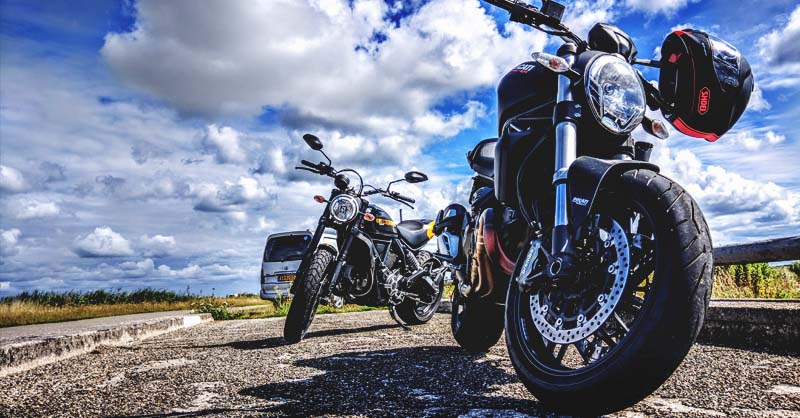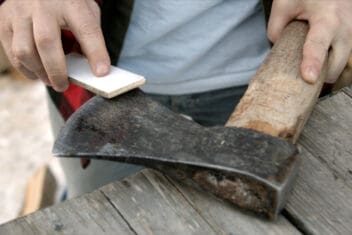Are you making your plans to be able to properly bug out if the time comes?
You may have considered your bug out location, whether you should bug in or bug out, and what to include in your bug out bag.
Have you considered how you’d get to your bug out location and if you’d be prepared along the way?
If you’re planning on bugging out, a proper bug-out vehicle is almost a necessity. I’m going to walk you through what you should consider. Here’s what you must know:

What is a Bug-Out Vehicle?

If you’re exploring bugging out options, chances are you’re becoming a little nervous about the direction the world is heading.
Deciding whether to bug out or bug in is a personal choice. Yet, if you decide to bug out you must consider how you’ll travel.
A bug out vehicle can help you with this. It’s a mode of transportation that has been specifically chosen to navigate through the challenges which may be presented during such a time.
It has been maintained properly to be able to perform as it should during such a trek, and it has been stocked with supplies to give you the greatest chance of arriving safely at your bug out location.
A bug out vehicle can be one of the most important parts of your bug out plan.
Bug Out Vehicle Considerations
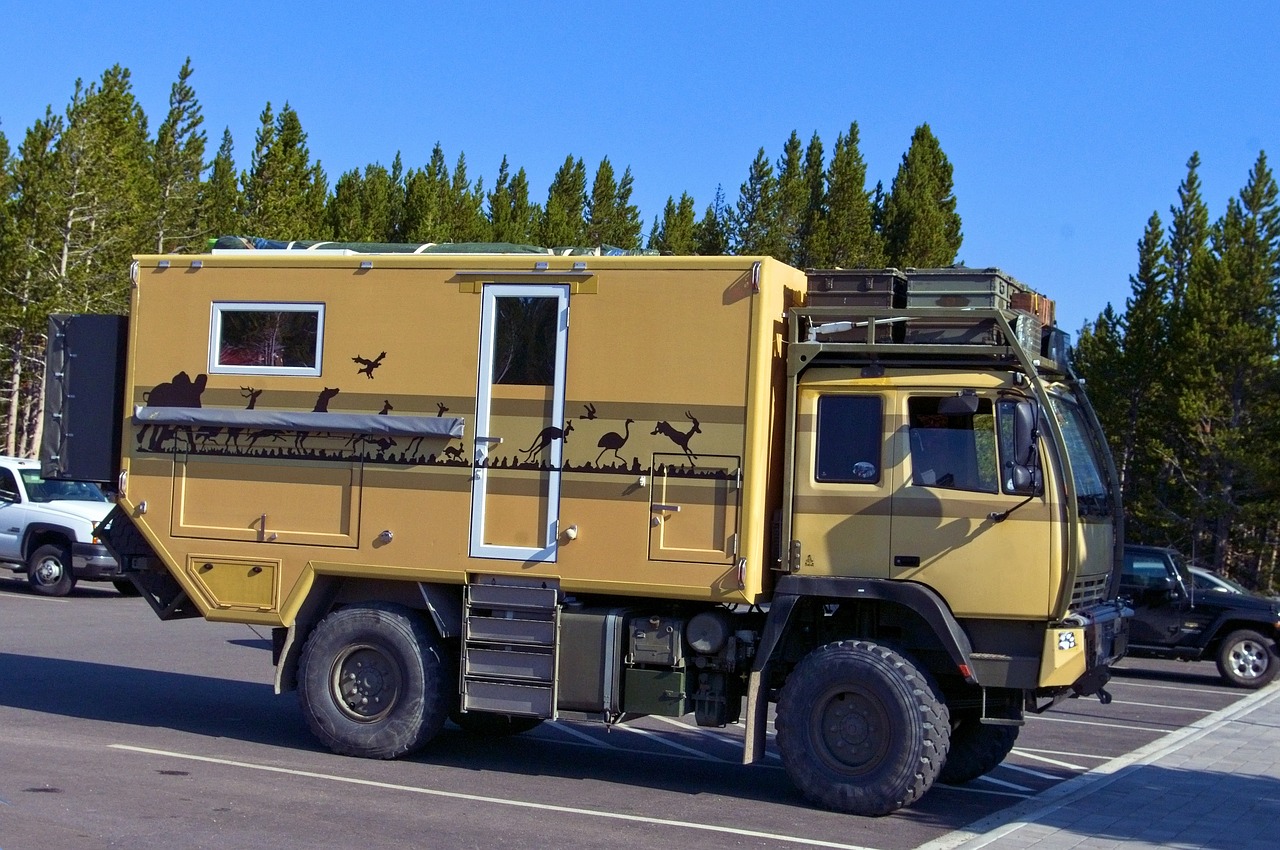
Some people have the means to purchase the perfect vehicle to get them to a bug out location, but what if you aren’t one of those people?
Will your car work and serve its purpose? The simple answer is yes. However, there are a few goals you’d hope your vehicle could meet.
If it does, you’re in good hands. If not, use what you have but if you buy a new vehicle anytime soon and bugging out is a priority, consider these few goals for your bugging out:
1. How Many Passengers?
If you have a 2-seater sports car, this may be your only option when bugging out. Yet, if you have a family or friends who are bugging out with you, this type of vehicle may not be realistic.
Therefore, when considering a bug-out vehicle, try to make sure it can carry 4 or more people. This will ensure everyone can fit easily.
2. Can It Haul?
When you’re planning on bugging out, it’s because the world has gone mad. It may be on a global scale or locally, but something has happened to cause chaos and panic.
You won’t be able to stop and get food or gas along the way. Make sure your vehicle of choice has a way to haul the necessary gear to help you and your loved ones get to your bug out location.
3. Can it Handle Rough Terrain?
When you’re bugging out, you may have to travel back roads, rough terrain, or even blacktop fractured from an earthquake or damaged from another natural disaster.
Either way, you’re going to be dealing with either bad weather conditions, chaotic people, or traffic jams. You need a vehicle that can handle these kinds of situations.
Types of Bug Out Vehicles
We all know there are a variety of vehicles on the road. Therefore, you have any style you can imagine to choose from when picking a bug-out vehicle. Here are some of the best options and their benefits:
1. Bicycle
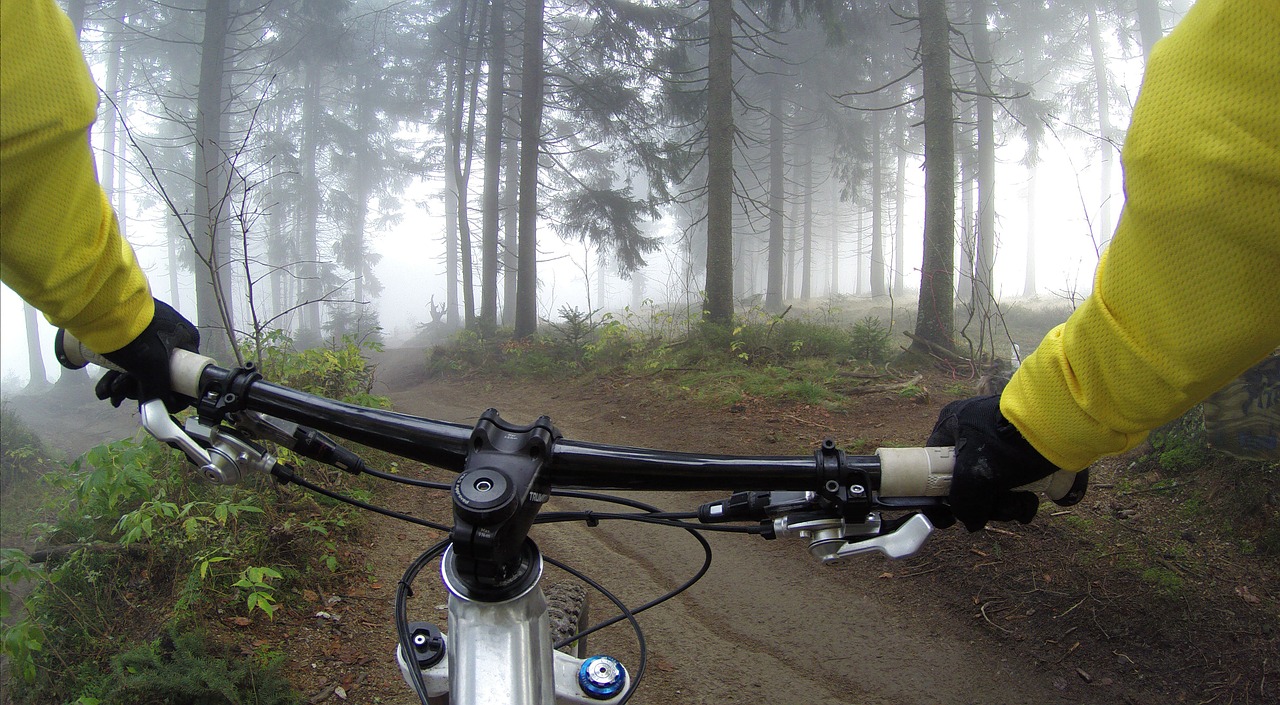
When considering a bug-out vehicle your first thought may not be a bicycle, but it’s a functional idea. Whether you’re traveling alone or in a group, if you all have a bike, you could maneuver through the chaos while maintaining a low profile.
Bikes go where cars can’t. If you’re concerned about hauling gear, consider attaching a wagon to the back of the bike.
2. Motorcycle

A motorcycle is a great option for a bug-out vehicle if you’re traveling alone or as a couple. It’s faster than a bike but has the same hauling abilities and is easy to maneuver around obstacles.
Therefore, consider attaching a wagon or trailer to the back of your motorcycle to haul necessary supplies.
3. Boat
If you live near a body of water, you’re fortunate because this is an ideal bug out location.
Therefore, consider using your houseboat as a bug-out vehicle. It’s easy to stock with supplies ahead of time and could even be your bug out location.
4. SUV
SUVs are probably at the top of the list for a bug-out vehicle. They can carry your family and supplies.
Plus, they get good gas mileage and can handle driving over rough terrain. If you have a dependable SUV this may be your best option to get to your bug out spot.
5. Four Door Sedan or Coupe
Many people still drive cars. If this is all you have, it could still work well for you. Cars get great gas mileage, have room to carry 4-5 people, and have a trunk for supplies.
You may have some issues if you must travel off-road, but it could help get you to a specific point before you start the hike to your bug out home.
6. ATV
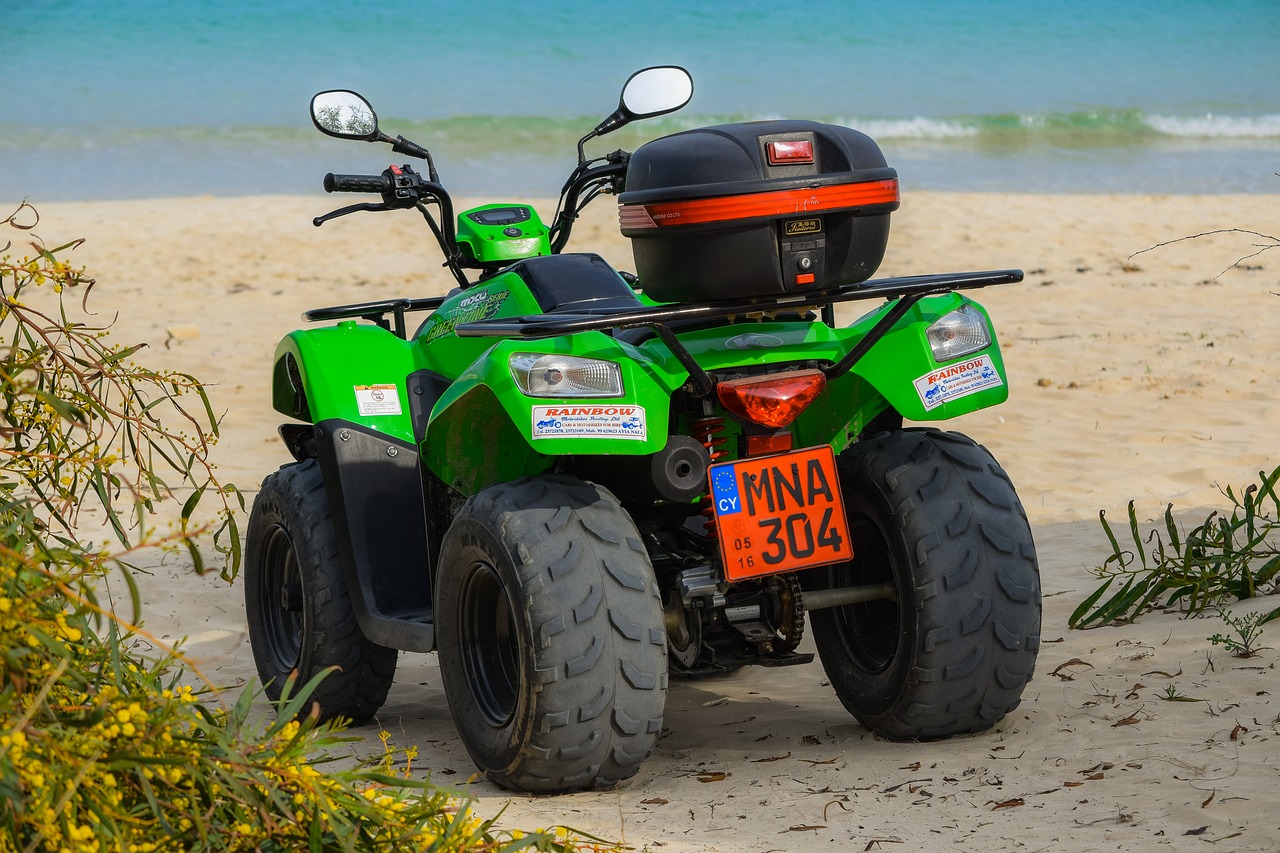
If you live on or near a farm, you know many people rely on ATVs to get around their property. The reason being, they’re great in rough terrain.
The drawback is ATVs have limited space for people and gear. Therefore, this would work best for a single person or a couple who has a wagon or trailer they could attach to the back of the vehicle.
7. Truck
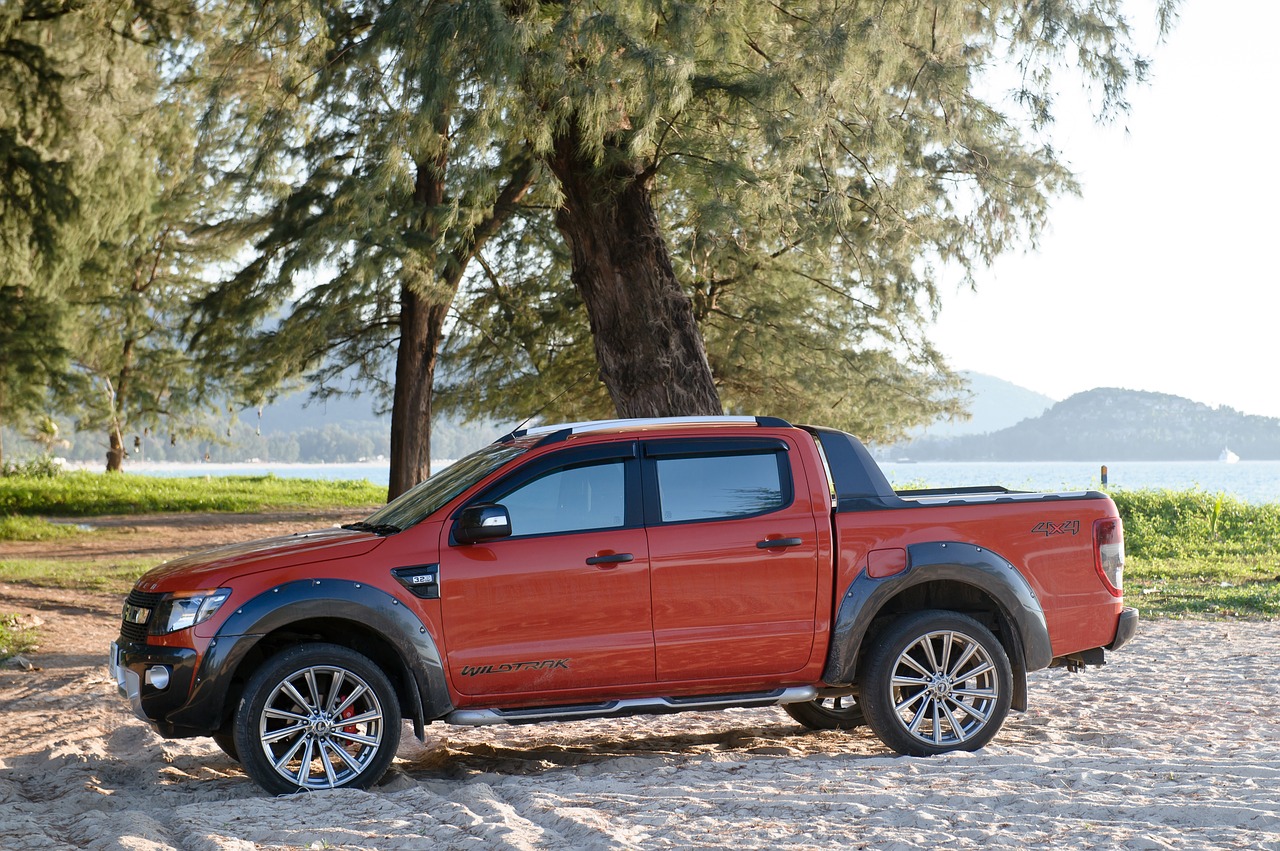
Trucks are an amazing choice for a bug-out vehicle. Make sure they have 4-wheel drive or all-wheel drive. This allows them to make it through rough terrain without getting stuck.
However, when choosing a truck, make sure you have a large enough space in the cab to haul everyone who needs to go with you.
8. Camper
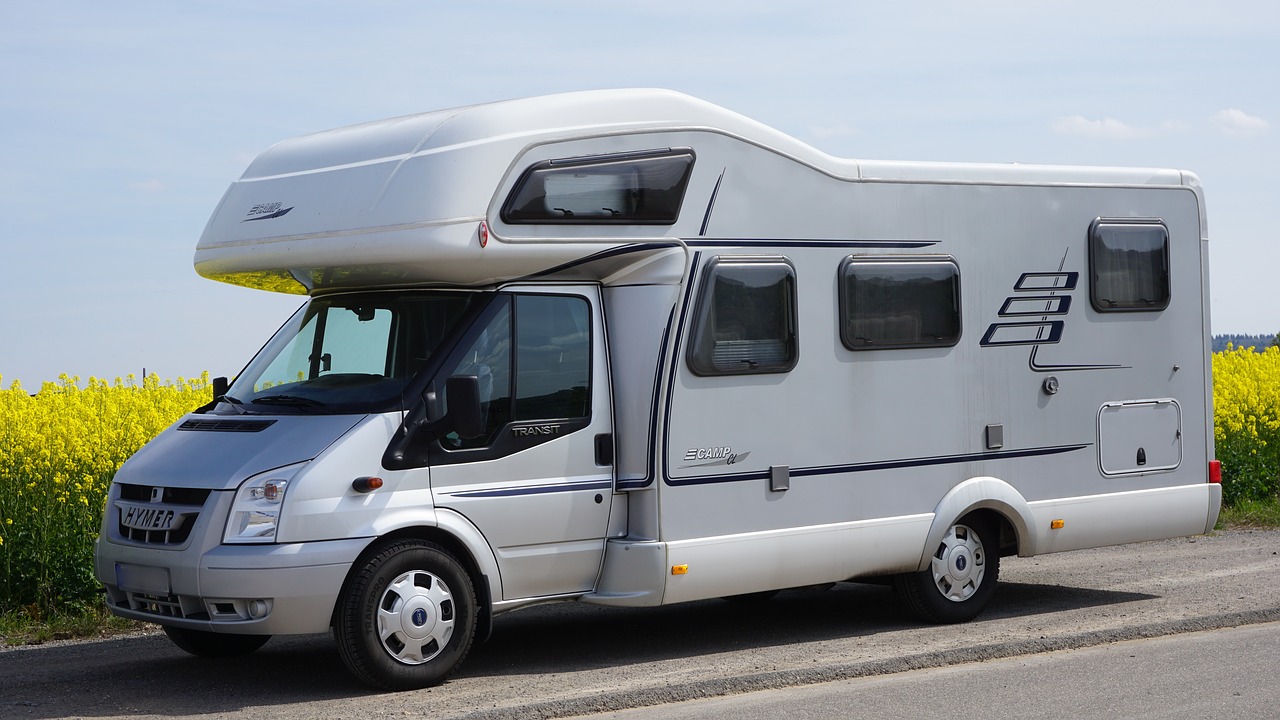
You may not consider your camper for a bug-out vehicle, but it’s a great option. They’re wonderful for hauling both people and gear.
Plus, it could serve as a comfortable home while you’re traveling to your bug out location. The only drawback is it’s not as good on rugged terrains.
What Your Bug-Out Vehicle Needs
Once you have your bug out vehicle picked out, it’s important to keep a certain amount of supplies in the vehicle for the vehicle itself.
You also should consider adding a few upgrades. Here’s what your vehicle needs:
- A supply bag to keep everything in one neat location
- Emergency flat tire repair kit
- Windshield wiper fluid
- Properly maintained spare tire and jack
- Spare fan belts and hoses
- Extra fuses
- Winch kit
- Spotlight
- Fire extinguisher
- Extra windshield wipers
- Flares and Glow Sticks
- Car emergency kit
- Mechanic’s tool kit
- Motor oil
- Antifreeze
- Jumper cables
- Fuel can with extra fuel
- Saw
- Grill guard
- Security film for side windows
- Night vision goggles
- Ratchet Straps
- Siphon hose and pump
- Cargo Rack
- Folding shovel
Supplies for Your Travels
Once your vehicle’s supplies are covered, you must make sure you have the supplies you’ll need to sustain yourself and your traveling companions during the trip.
Here’s what you should include in your bug out vehicle for those who are bugging out:
- Food
- Water
- Tent
- Tarp
- Extra set of keys
- Cash
- Bug out bag
- HAM radio
- Walkie-Talkie
- Knife
- Electric inverter
- First aid kit
- Firestarter kit
- Extra set of clothes
- Cellphone charger
- Rope
- Maps
- Important documents
- Weapon to protect yourself and travel companions
Maintaining a Bug-Out Vehicle
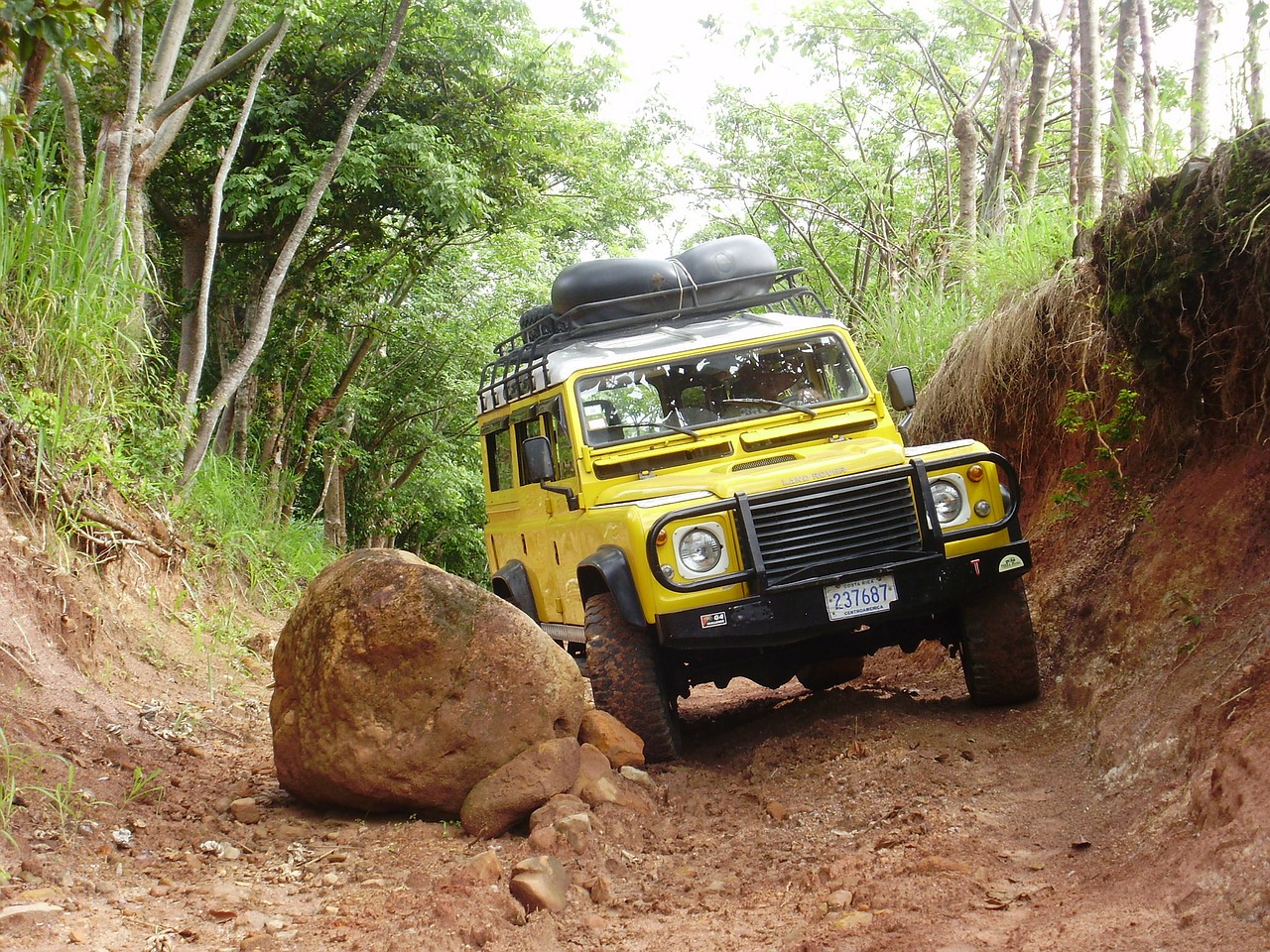
There are a few basic tasks you should do on a regular basis to make sure your bug out vehicle is ready to roll at any given time. Follow these steps to make sure you’re ready if the time comes:
1. Gas in the Tank
If you’re planning on using your bug out vehicle, it’s vital to make sure the tank doesn’t get below half.
It would be awful to leave your car empty, and when you need it for an emergency it is useless.
Don’t let your gas tank get too low.
2. Good Tires
Tires are a necessity to keep your bug out vehicle rolling. Make sure you check your tires daily. Even if it’s a simple kick.
Make sure everything looks okay. The tread should be good, make sure the tires haven’t dry rotted while the car sits waiting to be used, and make sure you don’t have any air leaks.
3. Rotate Supplies
As you would rotate supplies in your bug out location or bug out bag, you must rotate supplies in your bug out vehicle.
Make sure your food hasn’t become stale, and the water you’re storing hasn’t begun to leak through the storage containers.
4. Basic Vehicle Maintenance
It’s important to maintain any vehicle properly, but especially a vehicle you’re intending to use in an emergency situation.
Therefore, be sure you keep up with routine oil changes, keep the fluids changed and topped off, rotate your tires regularly, keep an eye on tire pressure, and change your filters regularly.
Tips for Bug Out Vehicle Use
You’ve put in the time and effort to plan your bug out vehicle, but do you know how to use it if/when the time comes? Here are a few tips to keep you safe if you must use your bug out vehicle:
- Have a plan (where you’re going, how you’re going to get there, etc.)
- Don’t depend on GPS and cellphone networks working
- Don’t depend on filling up at gas stations
- Have food and water stored at different locations along the way in case your trip takes longer than expected, or you hit a problem along the way
- Take back roads. Avoid main highways and interstates as much as possible
- Make sure your bug out vehicle is ready to go at a moment’s notice
- Know how much gas you need to get where you’re going
- Don’t leave your car. Thieves will be looking for anything they can take for their own survival. Don’t be a victim
You now know what a bug-out vehicle is, why it’s an essential aspect to your bug out plan, how to choose your bug out vehicle, how to maintain it, and the supplies necessary for your journey.
Hopefully, this has helped you feel more prepared and gave you some ideas as to what you must do to be as prepared as possible to bug out.
